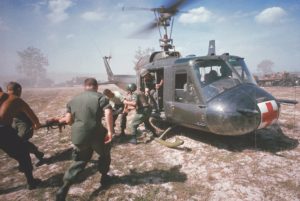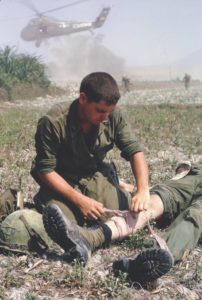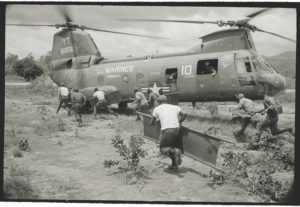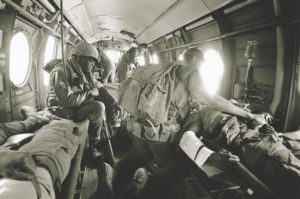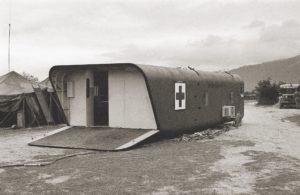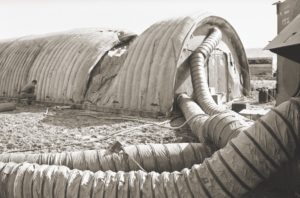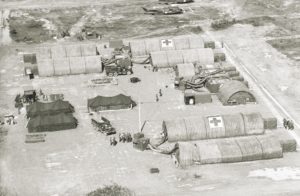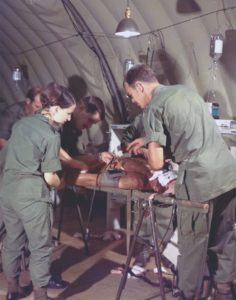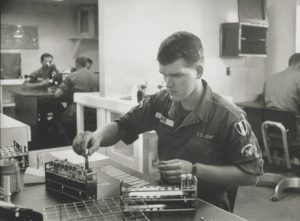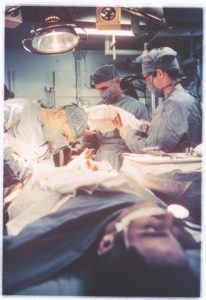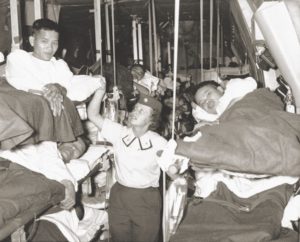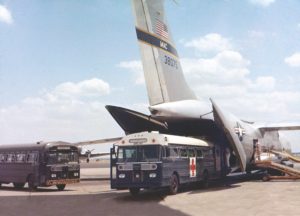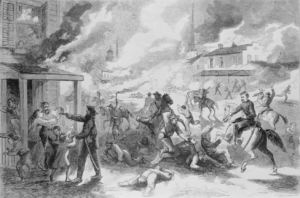Military hospitals greatly improved odds of survival, but the trick was getting there
The jungles, rice paddies, rivers, coastal waters and mountainous terrain of Vietnam presented extraordinary challenges when troops were wounded or injured in combat. An estimated 96 percent of American casualties survived if they made it to nearby military hospitals. The key was getting them there, which was where the helicopter, to an unprecedented degree, came in—often under intense enemy fire. Until the medevac copter, called a “dustoff,” arrived, though, it was up to the medic to do all he could with first aid, triage and whatever unconventional improvisations it took to keep the casualty alive long enough to be picked up and rushed off for more specialized treatment. The Viet Cong and North Vietnamese, lacking the technology of their opponents, had little alternative to carrying their casualties from the battlefield on foot to primitive but often ingenious camouflaged field facilities or underground hospitals.


